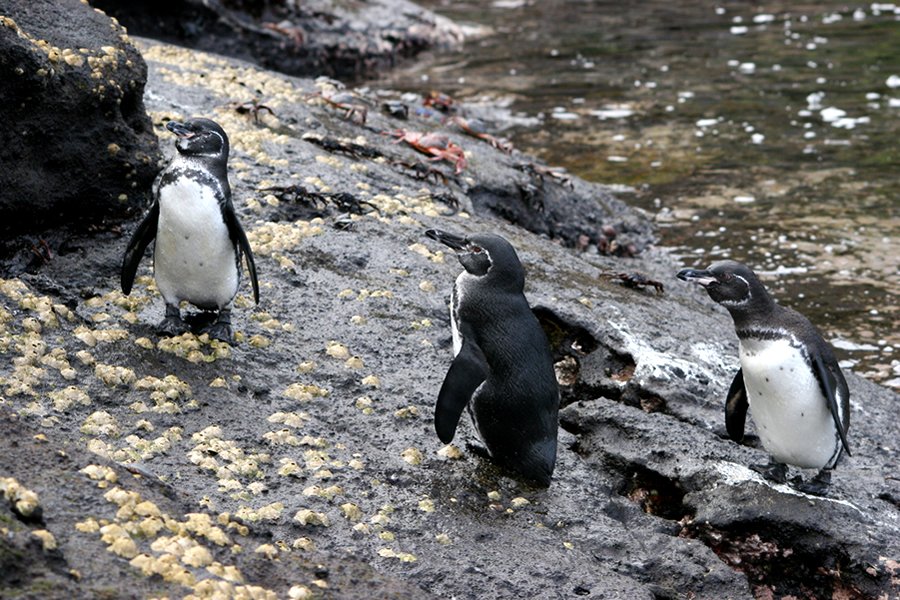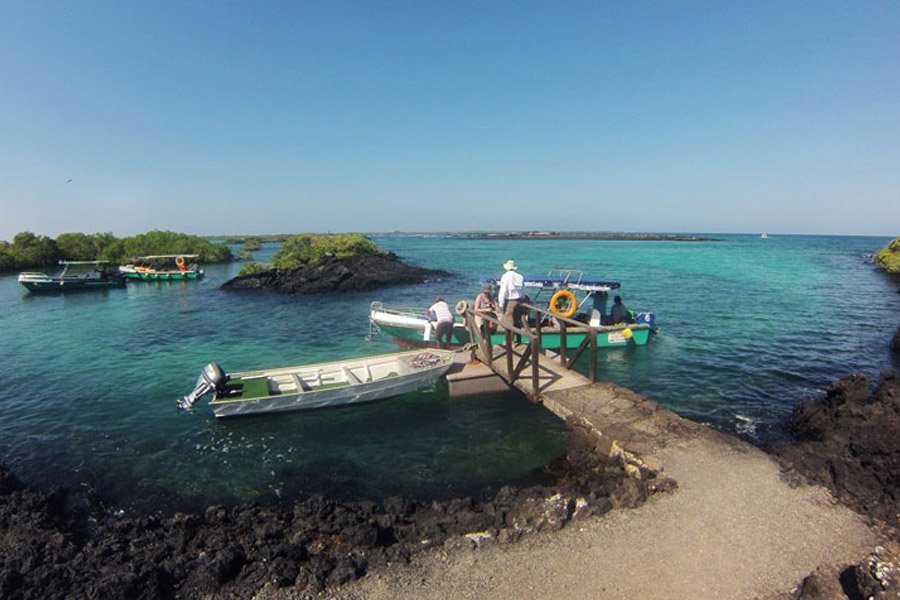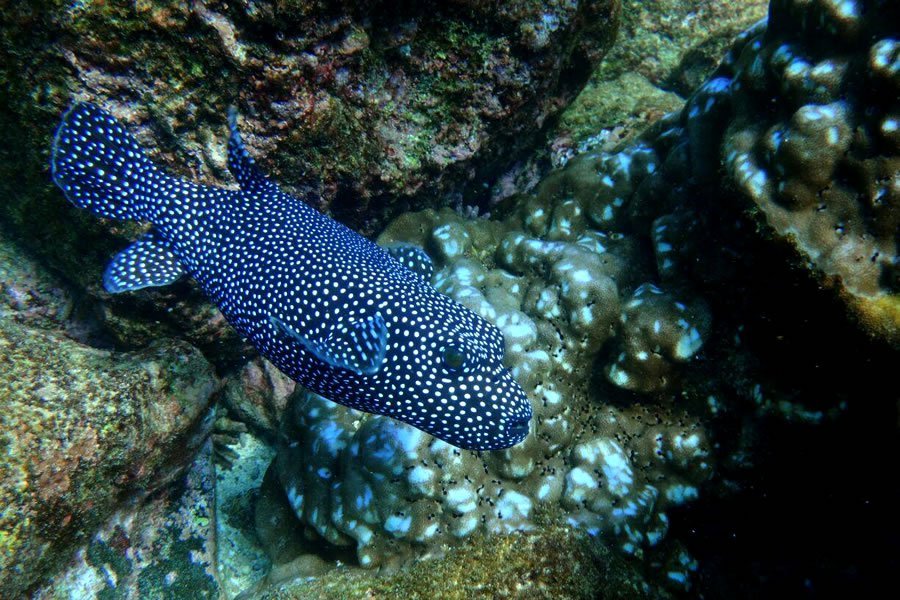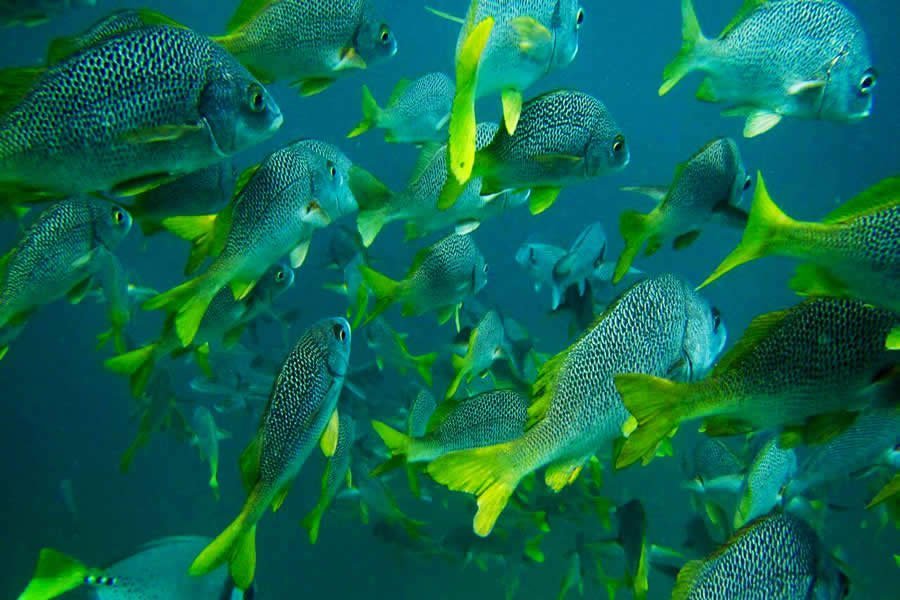Tour Isabela
Isabela Island Day Tour
Visit Isabela Island & Tintoreras Islet.
From: 7:00 Am. To: 5:00 Pm.
Isabela Island (Is the largest island of the Galapagos with an area of 4,640 square kilometres (1,790 sq mi) and length of 100 kilometres (62 mi) almost four times larger than Santa Cruz, the second largest of the archipelago. It was named after Queen Isabela of Spain. It was originally named Albemarle after the Duke of Albemarle. The island strides the equator.
One of the youngest islands, Isabela is located on the western edge of the archipelago near the Galapagos hotspot . At approximately 1 million years old, the island was formed by the merger of 6 shield volcanoes-Alcedo,Cerro Azul, Darwin, Ecuador,Sierra Negra and Wolf. All of these volcanoes except Ecuador are still active, making it one of the most volcanically active places on earth. Two of the volcanoes, Volcan Ecuador and Volcan Wolf (the island's highest point with an elevation of 1,707 m (5,600 ft), lie directly on the equator. The island is primarily noted for its geology, providing excellent examples of a geologic occurrence that created the Galapagos Island including uplifts at Urvina Bay and the Bolivar Channel, tuff cones at Tagus Cove, and Pulmace on Alcedo and Sierra Negra, one of the most active volcanoes in the world.
What you will do:
Visit the lagoon of the Flamingos, the tortise breeding center ¨La Galapaguera¨, have lunch, go to the Tintoreras, snorkel, return to Santa Cruz.
You can see:
Galapagos Pinguins,White Tip Sharks, Flamingos, Green Sea Turtles, Blue Footed Boobies, Sea Lions, Marine Iguanas and many variety of Fish.
Includes:
Transportation, Lunch, Snorkeling equipment, and Bilinguil Guide.
Not Included:
Entrance Fee at the main pier ($10)

Galapagos Islands Cruises
Galapagos Islands Tours
Galapagos Islands Diving
Galapagos Last minutes
Trips to Galapagos Islands
Galapagos Tours
Galapagos Cruises
Cruises to Galapagos
Tours to Galapagos
Travel to Galapagos
Travel to Ecuador
Travel to Peru
Travel to South América
Travel to Amazonas
Tourism Tour Galapagos Islands
Visiting Giant Turtles Giant Tortoises in Galapagos








